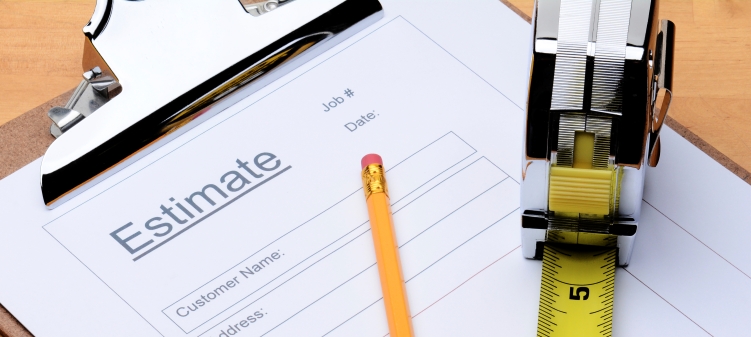Q: How Do You Determine the Price for a Job and Set Payment Terms for Your Contracts?
 I charged what I thought the going rate was and over the course of a few years, found my own price. If I were starting from scratch with the information I now have, I would set my pricing using these 10 tips as a guide:
I charged what I thought the going rate was and over the course of a few years, found my own price. If I were starting from scratch with the information I now have, I would set my pricing using these 10 tips as a guide:
1. Understand contractor business math 101. Learn the language of math—including terms like ‘gross profit, ‘cost of goods sold’ (COGS) and ‘overhead’—and their implications for your quality of life.
2. Get clear on how long things take. This is also known as production rates. You want to be as accurate as you can when figuring the time needed to complete a job. Every unaccounted-for minute costs you money.
3. Do job costing on every project. When you compare what the job really cost to what you thought it would cost, it opens your eyes. You instantly get wiser afterward.
4. Measure the risk. If you’re getting a 15% NET profit on a $1,000 job to paint the walls of a two-story foyer above a beautifully finished hardwood floor, ask yourself what the risk is. What happens if you scratch the floor? If you fall? Grab your eraser and charge $2,000 instead.
5. Collect a deposit. I encourage collecting deposits for a couple of reasons. First, the customer has some skin in the game. Second, cash flow is like oxygen to your business. Money goes out each day, so make sure it comes in, too! Shoot for a deposit equal to 50% of the job. That way, if the customer hides when you try to get the final payment, at least most of your costs are covered.
6. Fight for every dollar. When a customer says, “I want to hire you, but your price is too high,” many contractors panic and drop their price because they’re afraid of not getting work. If you’re going to come down in price, get something in return, such as payment in full before the job begins or flexibility to do the job according to your own schedule. Don’t undervalue yourself.
7. Make collections a priority. You can avoid cash-flow problems by invoicing and collecting immediately. Don’t apologize for wanting to get paid right away.
8. Get signatures. Have you ever done additional work and not gotten paid because the customer says they didn’t agree to the work? Make sure all work and special circumstances are understood and signed off on. Get a signature and sleep better at night.
9. Don’t make the customer’s money issue yours. Aim for a 50% gross profit. Be proud of that price and what it took you to earn the right to charge that much. I see so many contractors worry about whether a customer can afford it. That’s not your problem—it’s the customer’s.
10. Give them a phenomenal experience. If you want to set your pricing higher, or get more for a deposit and not have people stiff you, make working with your company the best contracting experience someone has ever had, from the way your web site functions to the way you communicate. Show up, be clean, and do what you said you’d do—and then some. In turn, they will find more money for you instead of the budget painter down the street.
___________________________________________________________________________________________________
 Tom Reber cofounded Jalapeno Paint Werx in Naperville, IL, and built one of the Chicago area’s most respected residential painting companies. In 2011, he created his personal development and coaching company, MOTOR, through which he helps small-business owners throughout the US and the UK. He is founder of The Contractor Sales Academy and host of The Strongpreneur Podcast on iTunes. He can be reached through MotorHard.com
Tom Reber cofounded Jalapeno Paint Werx in Naperville, IL, and built one of the Chicago area’s most respected residential painting companies. In 2011, he created his personal development and coaching company, MOTOR, through which he helps small-business owners throughout the US and the UK. He is founder of The Contractor Sales Academy and host of The Strongpreneur Podcast on iTunes. He can be reached through MotorHard.com




